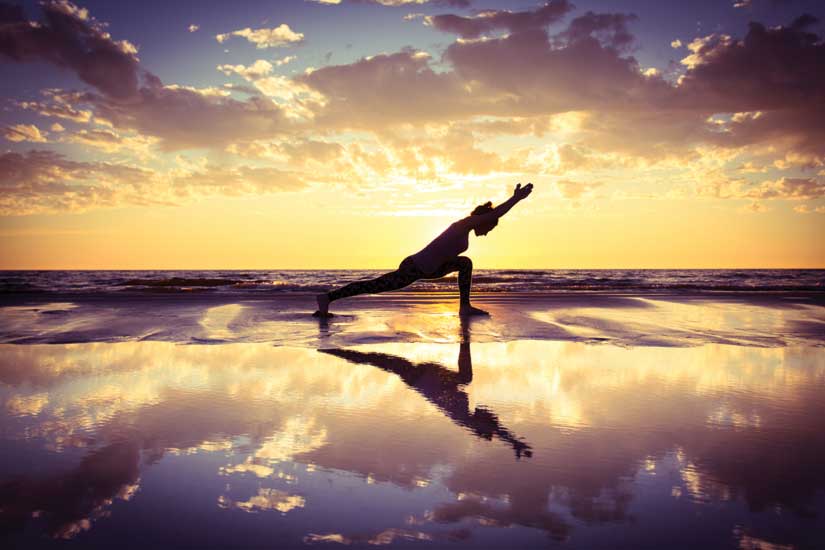How exercise is one of the best ways to boost resilience
After an argument or a near-miss traffic accident, does your body recover quickly, or slowly? The answer seems to be crucial for understanding your level of resilience – not to mention your physical health – says Dr. Matt Stults-Kolehmainen, an exercise specialist at the Yale Stress Center, part of Yale University, in New Haven, Connecticut.
A stressful situation triggers the fight-or-flight response. The hypothalamic pituitary axis (HPA), which involves parts of the brain and body, pumps out the stress hormones adrenaline, noradrenaline and cortisol. Regular stress can lead to chronically higher than normal levels of cortisol, which can damage cells in the hypothalamus. As well as being important for laying down memories, the hypothalamus, as part of the HPA, is also critically involved in stress management. People with major depression and anxiety disorders often have smaller than normal hypothalami, and in 2013 two papers in the journal Science identified high cortisol as a potential trigger for mental illness.
Regular aerobic exercise can help. It boosts the production of BDNF (brain-derived neurotrophic factor), which maintains the health of brain cells, including those in the hypothalamus, and also stimulates the creation of new ones. It also helps people recover faster from a stressor. At the Yale Stress Center, Stults-Kolehmainen and his colleagues have taken groups of regular exercisers and non-exercisers into the lab and asked them to give a speech in public or count backwards out loud – anything to get them stressed. “What we see [with cortisol] is that the exercisers react more strongly, so they have a higher spike,” he says. “But when the stress ends, they recover much faster.” In other words, the cortisol does not hang around to do damage.
Along with psychological counselling, dietary advice, medical checks, meditation training (especially mindfulness) and yoga, exercise is one of the key strategies used at the Yale Stress Center to help patients. Stults-Kolehmainen creates exercise prescriptions, which are designed to build clients up to 150 minutes a week, ideally in five sessions of 30 minutes. “The recommendation for physical health is 150 minutes of moderate-intensity exercise a week.” And for psychological health? “It turns out it’s the same,” he says.
In fact, when it comes to treating depression and anxiety (and building resilience to stress) “exercise has as strong an effect as most medications, and has way fewer side-effects,” Stults-Kolehmainen says.
Exercise is something you might think soldiers would get plenty of, but it’s become a new focus for the US Army when it comes to resilience building. “We would never send a soldier into combat if they weren’t trained, protected, ready to take on the fight – so how could we possibly send them into a situation where they might not be resilient?” says Stacey Young-McCaughan, a retired US Army colonel, now Professor of Psychiatry at the University of Texas Health Science Center at San Antonio, where she’s working on using exercise to augment standard post-traumatic stress disorder treatments.
In 2009 the US Army started rolling out a programme based on concepts developed at the University of Pennsylvania. The Comprehensive Soldier and Family Fitness programme, developed by the team led by Professor Martin Seligman, has been criticised by some psychologists. Although still running, Young-McCaughan says the US Army’s approach is now more about going back to basics, focusing on the ‘performance triad’ of exercise, sleep and nutrition.
But aren’t soldiers already supremely fit? When it comes to statistics on rates of obesity and being overweight, the US military actually doesn’t look much different to the general population, Young-McCaughan says. And there’s no compulsion for regular troops to engage in tough exercise programmes. She recently visited Fort Hood, a big US Army base in central Texas. “There were these large groups, jogging,” she says. “[They certainly weren’t] doing the workouts many of us do on our own.”






